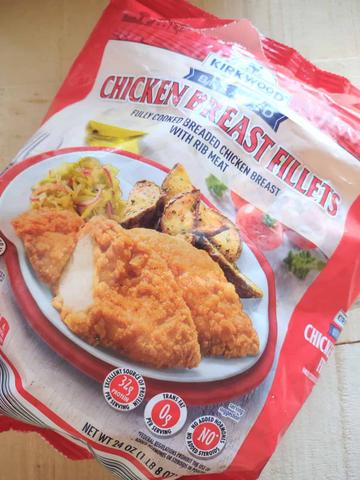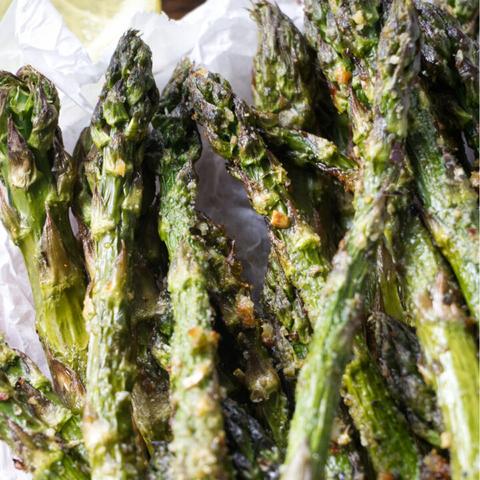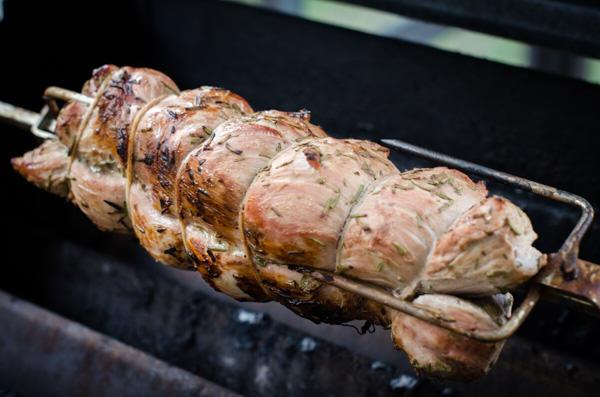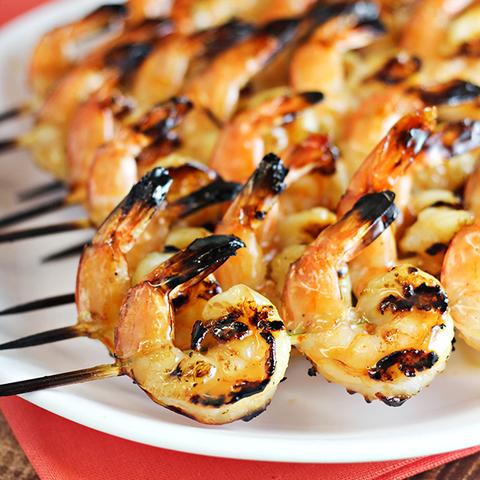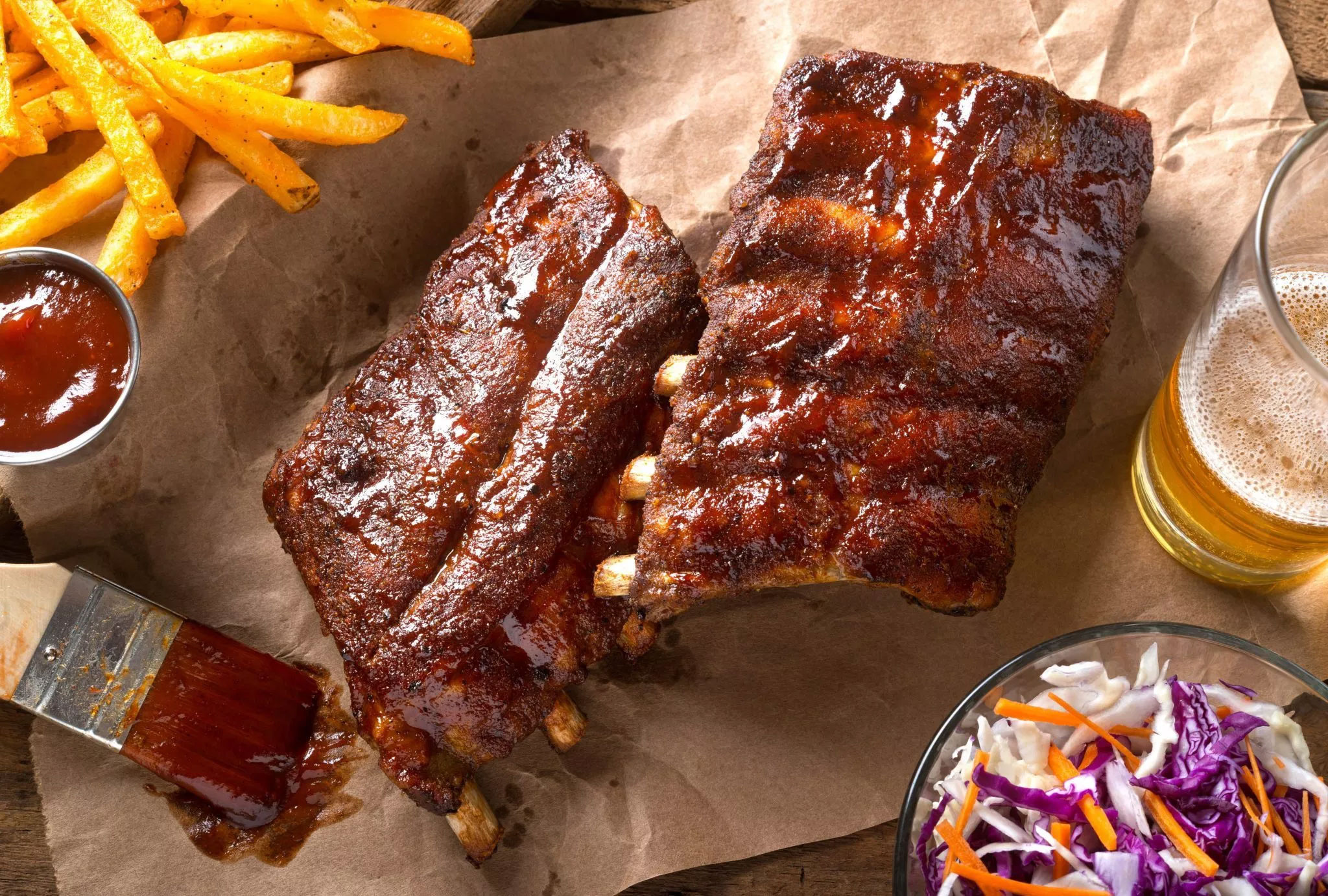
“Indulge in a mouthwatering delight with our 1/3 Rack of Ribs – a succulent and tender portion that will leave you craving for more. Savory, smoky, and cooked to perfection, this delectable dish promises a tantalizing experience for meat lovers. Get ready to savor every juicy bite and embark on a flavorsome journey like no other.”
How Many Ribs in a Half Rack? Amount Explained
When ordering ribs at a restaurant, it is common to see the terms “full-rack” and “half-rack” listed. However, these terms do not always specify the exact number of ribs you will receive. A typical full rack of pork ribs consists of 10-13 ribs, meaning that a half rack would contain 5 or 6 individual rib bones.
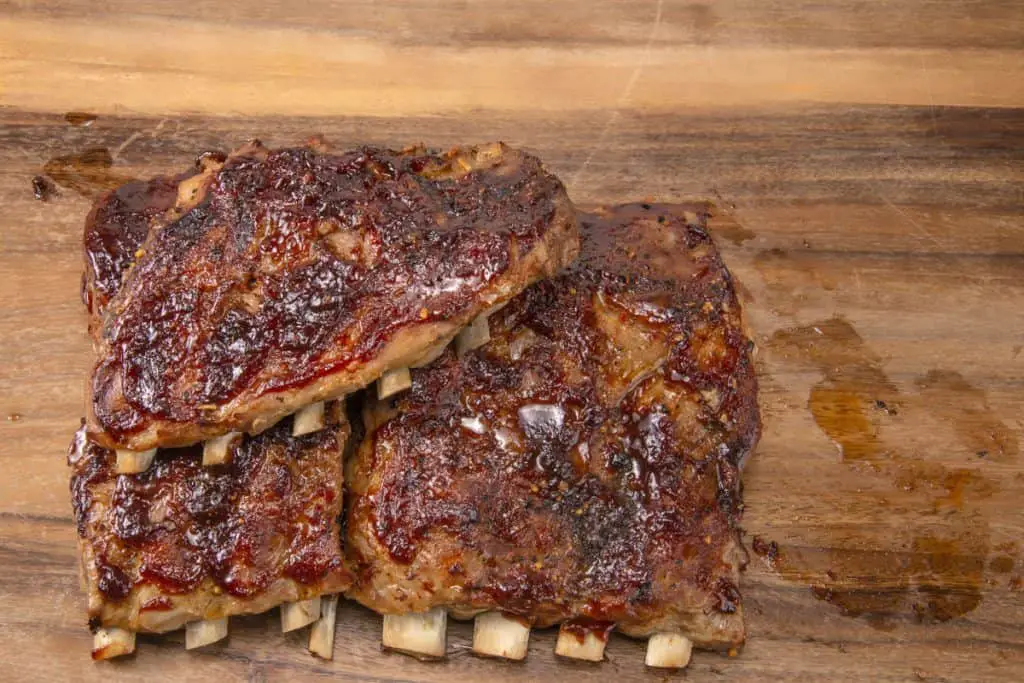
Pork ribs are sold as slabs, which can be considered as a full rack of ribs. Depending on the breed of pig, there may be 15-16 rib bones. However, during butchering, 2-3 bones are left in the shoulder and smaller bones are trimmed at the butcher’s discretion. In a grocery store, you can expect to find at least 10-13 bones in a slab or full rack of pork ribs. If we were to turn these into half racks, each person would receive 6 ribs and the 13th rib would likely be removed due to very little meat.
It is interesting to note that if you have less than 10 bones, you have what is called a “cheater” rack. When ordering from a restaurant (not a barbecue joint), you are likely eating baby back ribs. Barbecue joints often make the distinction between spare ribs and back ribs. Baby back ribs come from the upper portion of the rib cage where the loin meat is found, while spare ribs are taken from the bottom or underbelly of the hog where pork belly comes from. Spare ribs can also be St. Louis cut or center cut for a more traditional rack of meatier and flavorful ribs.
What is a “Slab” or “Rack” of Ribs?
A slab or rack of ribs refers to a full portion of pork ribs, typically consisting of 10-13 individual rib bones. This term is commonly used in restaurants to indicate a full serving size of ribs. The number of ribs may vary depending on the breed and butchering process, with some pigs having 15-16 rib bones initially. However, during butchering, 2-3 bones are usually left in the shoulder and smaller bones are trimmed by the butcher. In grocery stores, a slab or “full rack” of pork ribs generally contains at least 10-13 bones.
When ordering ribs at a restaurant, it’s important to understand the differences between baby back ribs and spare ribs. Baby back ribs come from the upper portion of the rib cage where the ribs meet the spine, which is loin meat. They tend to be more tender due to their location in the loin, known for being a lean cut with minimal intramuscular fat.
On the other hand, spare ribs are taken from the bottom of the rib cage or underbelly of the hog, where pork belly and bacon also come from. Spare ribs can be St. Louis cut or “center cut,” which means they have been trimmed to remove sternum, costal cartilage, and flap to create a more traditional rack shape. Spare ribs are typically meatier and have more flavor due to their higher fat content compared to baby back ribs.
It’s worth noting that barbecue joints often sell meat based on weight rather than the number of ribs, so they may use terms like “half-slab” or “half-rack” regardless of whether it’s baby back or spare ribs being served. Baby back ribs generally offer 1-2 servings per half rack, while spare ribs can provide 2-4 servings due to their larger size.

Is a Half Rack for Baby Back Ribs or Spare Ribs?
A half rack can refer to both baby back ribs and spare ribs. However, it is more commonly associated with baby back ribs. Baby back ribs come from the upper portion of the rib cage, where the ribs and spine meet. They are known for their tenderness and lean meat. A half rack of baby back ribs typically contains 5 or 6 individual rib bones.
Spare ribs, on the other hand, are taken from the bottom of the ribs or the underbelly of the hog. They are meatier and have more flavor due to their higher fat content. A half rack of spare ribs can offer 2-4 servings because the ribs are larger in size compared to baby back ribs.
What do Popular Restaurants Deem as a Half Rack?
When it comes to popular restaurants, the definition of a half rack can vary. Some restaurants define a half rack as 5-6 ribs, while others may consider it to be 4-7 ribs. It ultimately depends on the size and cut of the ribs they serve. For example, if they offer baby back ribs, which are smaller in size, a half rack could consist of 5 or 6 individual rib bones. However, if they serve spare ribs, which are larger and meatier, a half rack might contain 4 or 7 rib bones.
It’s important to note that restaurants often sell their ribs based on weight rather than the number of ribs. This is why some barbecue joints may use terms like “slab” instead of “rack” to indicate the portion size. In these cases, a half slab would be equivalent to a half rack.
If you’re unsure about how many ribs you’ll get in a half rack at a specific restaurant, it’s always best to ask your server for clarification. They will be able to provide you with accurate information based on their menu and serving sizes.
In conclusion, 1/3 rack of ribs offers a delicious and satisfying portion for those looking to enjoy the succulent flavors of barbecue. Whether it’s paired with mouthwatering sides or savored on its own, this smaller serving size allows for a convenient and enjoyable dining experience. So, indulge in this delectable treat without worrying about overindulging.
Learn More About Grilling
If you want to learn more about grilling, check out these other helpful resources!

